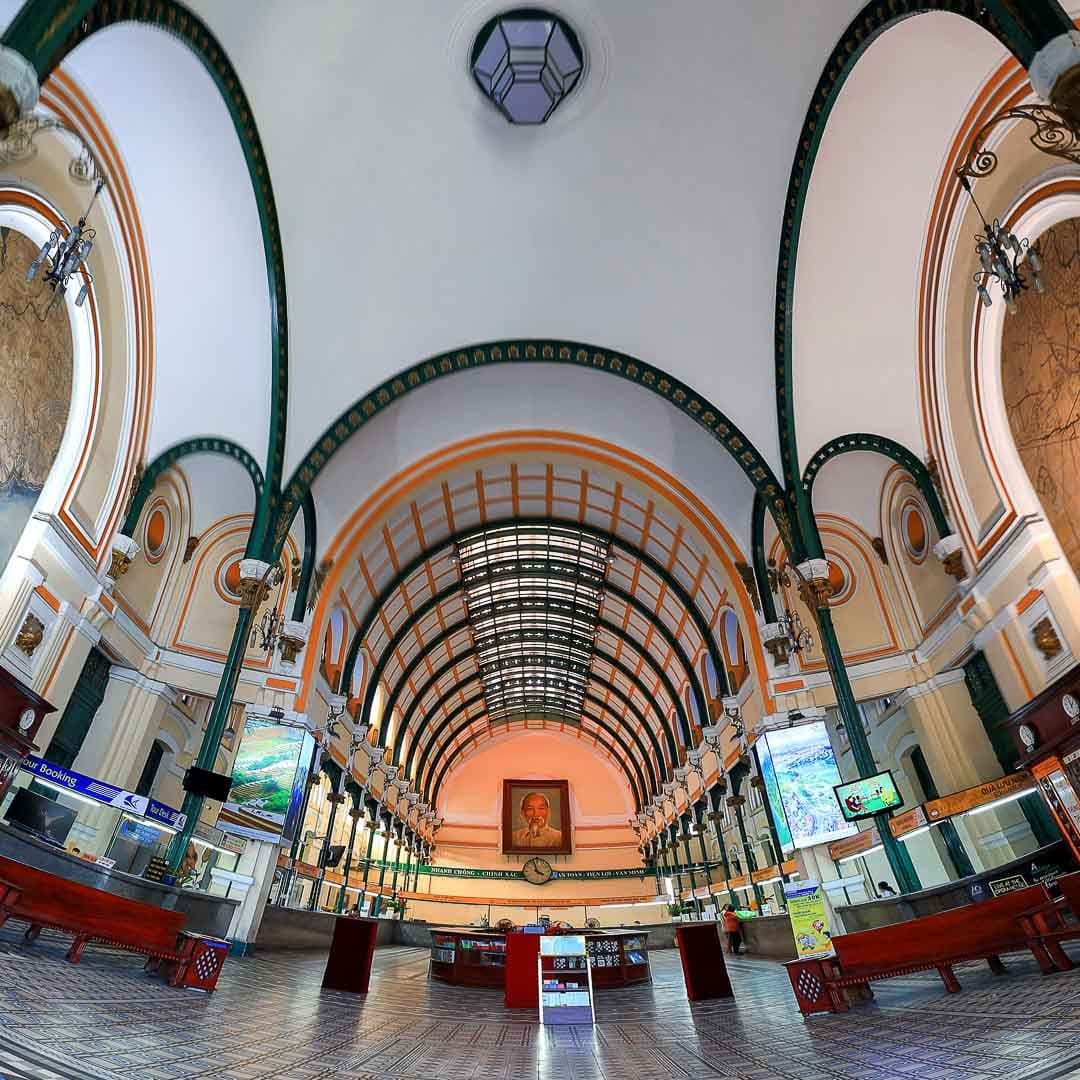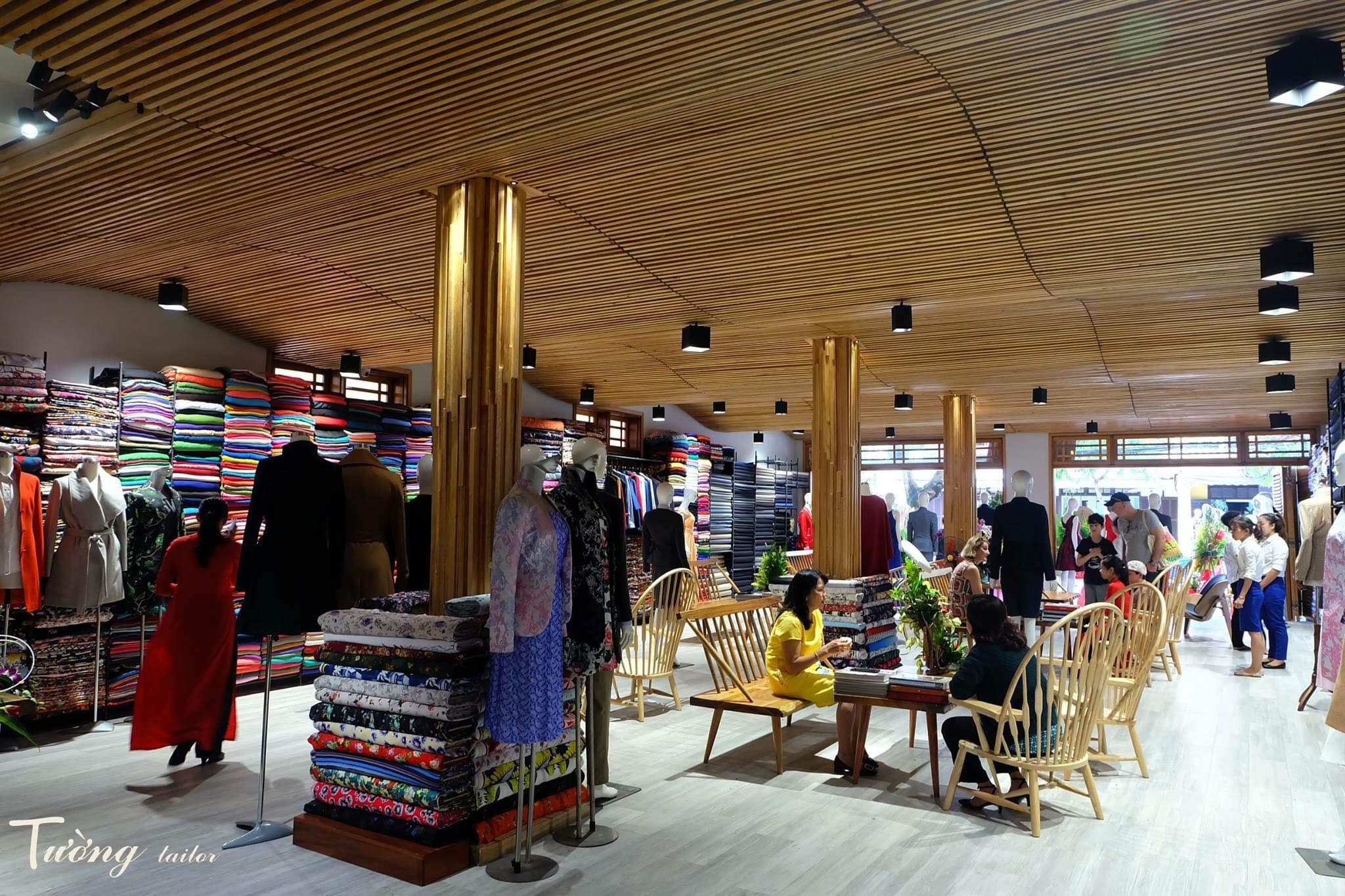
You can explore more tours from Ftrip:
- Spectacular Ha Long Bay (Daily Tour)
- Saigon To Mekong Delta Tour Package (4 Days)
- Vietnam Holiday Package 2023 (17 Days)
After Saigon was ceded to the French in 1862, the colonial government set about making it a large city for colonization. Many French-style buildings were constructed for this purpose during the late 19th and early 20th centuries. This process, in addition to Saigon’s affluence, earned it the nicknames “the Pearl of the Orient”, or “Paris of the Far East”. The city is now named Ho Chi Minh City, but the buildings left by the French have stood the test of time as beloved and frequented institutions for locals and visitors alike.
The Notre Dame Cathedral Basilica of Saigon was built between 1863 and 1880 as a mixture of Neo-Romanesque and Gothic styles. All of the building materials were directly imported from France, except for its Swedish clock. The basilica is home to 56 stained glass squares depicting Biblical stories and characters, supplied by the town of Chartres (famous for its Cathedral with its stained-glass windows).
Read more:
- Ha Giang Loop Tour by Motorbike – A Complete Travel Guide
- Vietnam 14 Days Itinerary (2 Weeks) from South to North
- Vietnam Foods: 20 Dishes You Must Try when You Come To Vietnam
Next to the Basilica is the Saigon Central Post Office. Often credited to architect Gustave Eiffel, it was designed by Alfred Foulhoux and Auguste Henri Vildieu, the latter having designed several grand administrative buildings in Hanoi for the French colonial government. It was constructed in a blend of French and Asian aesthetics. Once, it was the working place of the last public letter-writer in Vietnam. Duong Van Ngo worked for over 70 years, using his fluency in five languages to help guests contact people around the globe. He retired in 2021 due to his age.
The Saigon Opera was influenced by the opulent Palais Garnier in Paris, as well as the Petit Palais (which opened the same year as the Opera). It was considered the most notable, as well as the most costly, French architectural work in Saigon under French rule. Today, it hosts professional theatrical productions of opera, ballet, music, plays, cải lương (Vietnamese folk opera), etc. by domestic and international artists.
Last but not least, the Museum of Vietnamese History is a historical artifact that contains other historical artifacts. Built-in 1926 as the Musée Blanchard de la Brosse, the building is a pagoda-like structure with hallmarks of East Asian architecture seen through a distinctly European lens, perhaps obvious at first sight from its Vietnamese curved, tiled roofs, ornate decorations, and French yellow walls. Exhibits tell the story of the country from the prehistoric period to the Nguyen dynasty - the final emperors of Vietnam.




